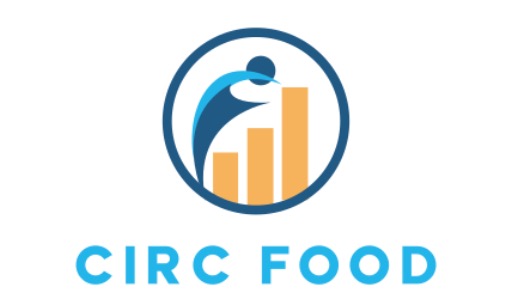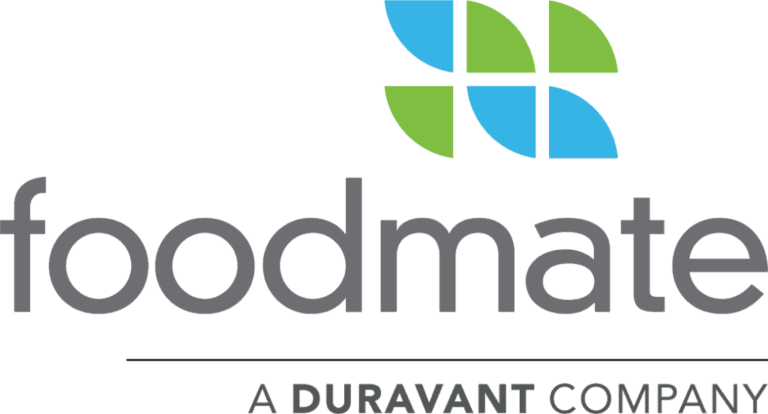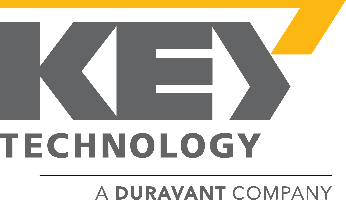Ultimate Checklist for Selecting the Best Poultry Processing Equipment for Your Business
In the ever-evolving poultry industry, selecting the right Poultry Processing Equipment is crucial for ensuring efficiency, quality, and compliance with health regulations. With numerous options available in the market, businesses often face the daunting task of making the best choice tailored to their specific operational needs. This ultimate checklist aims to guide poultry producers through the vital considerations when selecting processing equipment, highlighting key features, technological advancements, and operational scalability that can significantly impact productivity. As the slogan "卓越制造,源自中国,服务全球" suggests, the quest for excellence in manufacturing, especially from China, is pivotal in delivering reliable and innovative solutions to the global poultry processing market. By systematically evaluating vital components such as equipment durability, maintenance ease, and supplier support, businesses can ensure they invest wisely in Poultry Processing Equipment that aligns with their goals and future growth strategies.
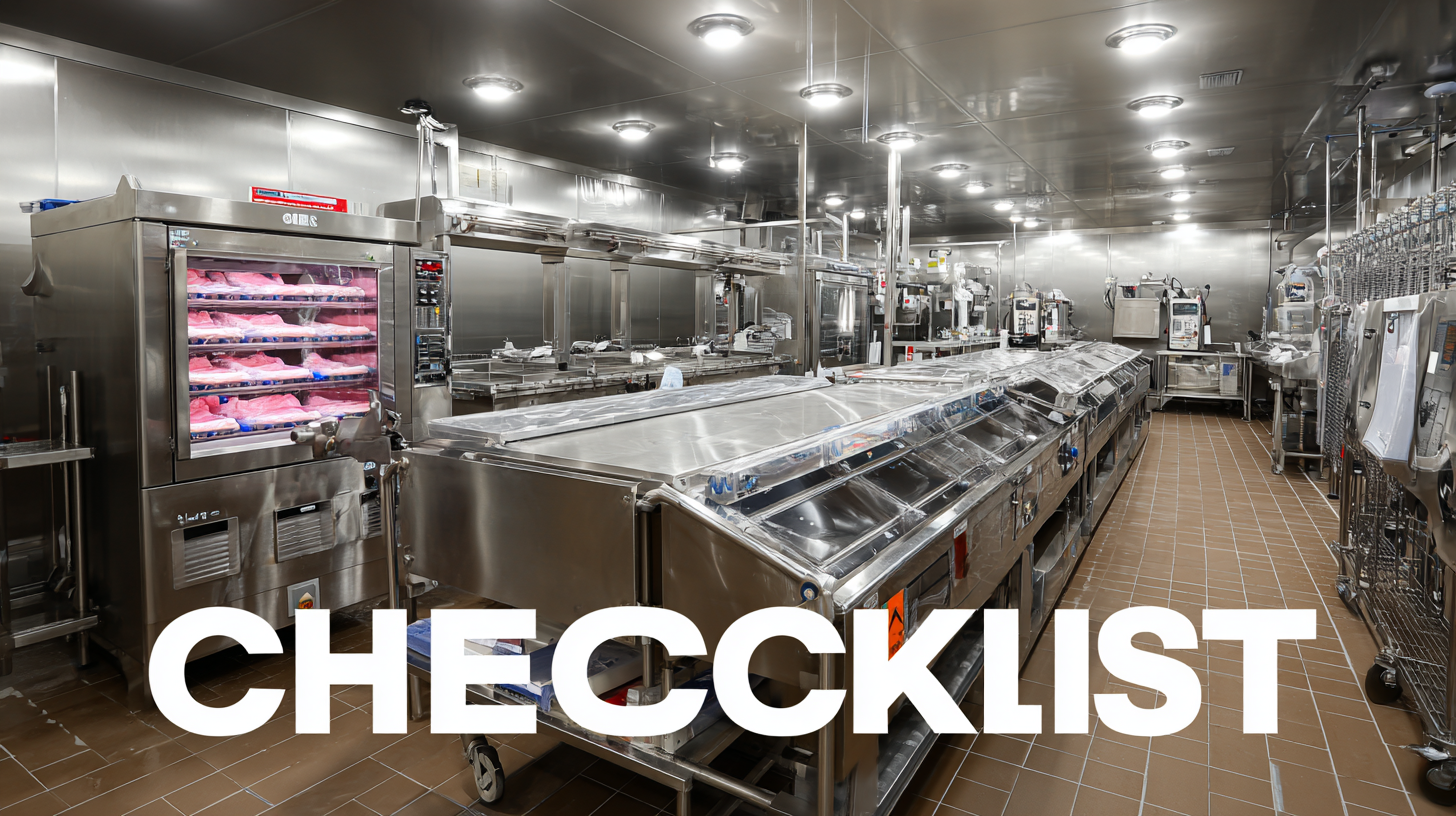
Evaluating Essential Features in Poultry Processing Equipment Alternatives
When evaluating poultry processing equipment, it's crucial to prioritize essential features that ensure both efficiency and sustainability. Recent studies highlight the importance of environmental considerations in food production, such as the Life Cycle Assessment that evaluates the impact of various feed formulations, including those utilizing poultry by-products. As the global demand for animal-derived protein is projected to reach 1,250 million tonnes by 2050, processing equipment must not only meet current productivity standards but also support sustainable practices.
Key features to look for in poultry processing equipment include energy efficiency, waste management capabilities, and adaptability to different processing methods. Industry advancements emphasize the integration of technologies that reduce waste and energy usage, which can result in lower operational costs and a smaller carbon footprint. Furthermore, equipment that allows for the incorporation of alternative protein sources, such as those referenced in recent reports on single-cell protein technologies, can enhance the sustainability of poultry processing operations, aligning with the growing consumer demand for environmentally responsible practices.
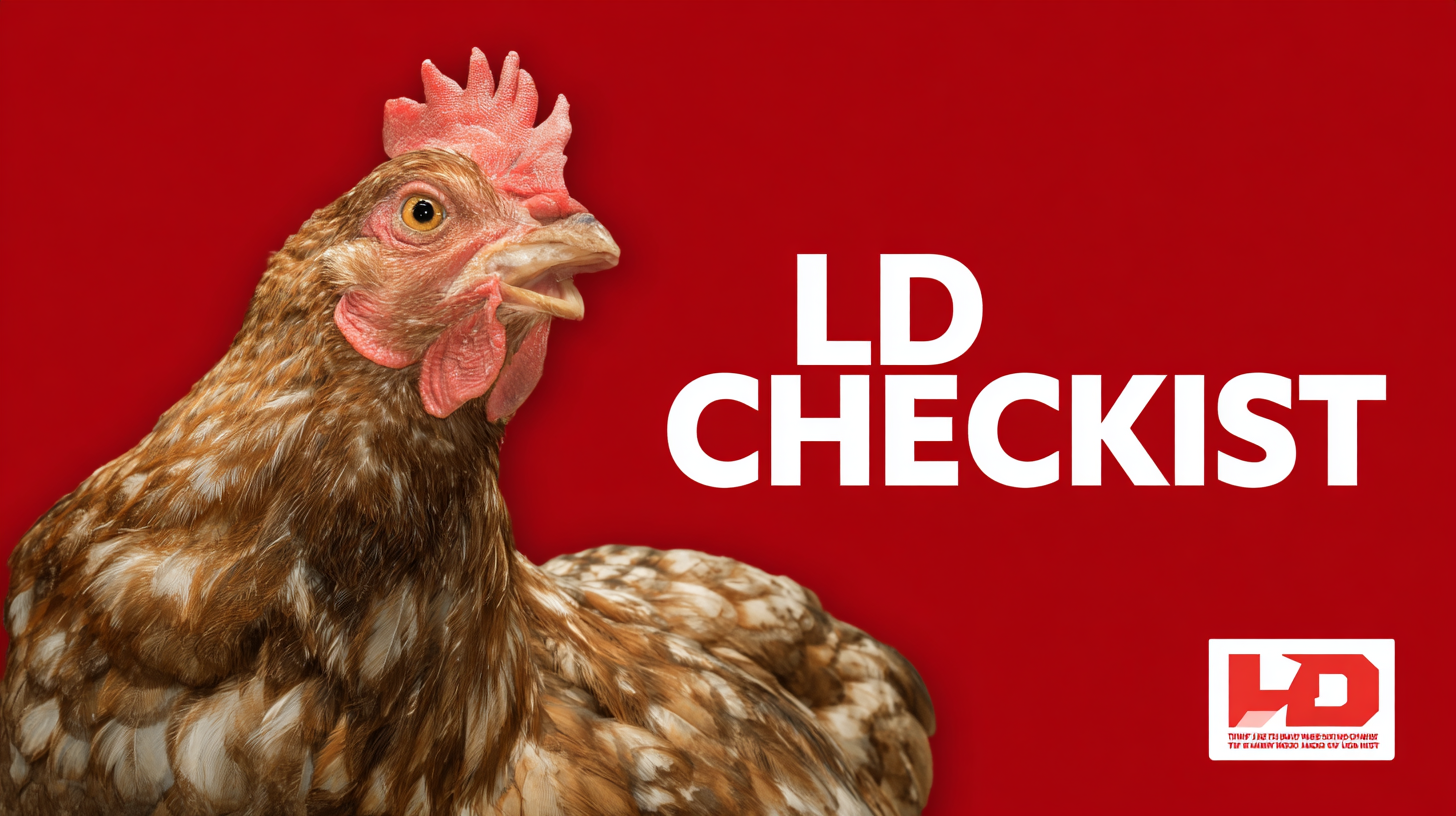
Comparing Cost-Effectiveness of Different Poultry Processing Solutions
When it comes to choosing poultry processing equipment,
cost-effectiveness is a critical factor that cannot be overlooked.
Different processing solutions vary in initial investment, operational costs, and maintenance expenses.
It's essential to evaluate the long-term financial implications of each option.
For instance, bulk processing machinery may require a higher upfront cost but often results in lower per-unit processing costs
due to increased efficiency and throughput.
On the other hand, smaller or less advanced equipment might seem cheaper initially but could lead to higher labor costs and downtime
due to slower processing speeds.
Another important aspect to consider is the scalability of the equipment.
As your business grows, you’ll want processing solutions that can adapt and expand without requiring a complete overhaul of your existing setup.
Investing in modular equipment that allows for incremental upgrades can prove to be more cost-effective
in the long run, as it helps avoid the significant capital outlay needed for entirely new systems.
Additionally, consider the energy efficiency of the equipment,
as machines that consume less power not only lower operational costs but also align with sustainable practices that are increasingly valued in today’s market.
Understanding Compliance and Safety Standards for Poultry Equipment
When selecting poultry processing equipment, understanding compliance and safety standards is paramount to ensuring not only operational efficiency but also regulatory adherence. The USDA estimates that over 9 billion chickens are processed annually in the United States alone, highlighting the importance of adhering to stringent safety protocols. Compliance with standards set forth by the USDA and FDA is crucial, as non-compliance can lead to substantial fines and, more importantly, health risks.
One key aspect to consider is the Hazard Analysis Critical Control Point (HACCP) system, which is essential for identifying potential food safety hazards. According to a report by the International Poultry Council, implementing HACCP can reduce foodborne illnesses by up to 50%, emphasizing the direct impact of compliance on public health. Additionally, equipment must meet standards from organizations like the National Sanitation Foundation (NSF), which ensures that materials used are safe and suitable for food processing. Investing in equipment that complies with these safety standards not only protects consumers but also enhances the overall reputation and reliability of your poultry processing operations.

Exploring Sustainable and Eco-Friendly Alternatives in Poultry Processing
In the poultry processing industry, the shift towards sustainable and eco-friendly alternatives is gaining remarkable traction. According to a recent industry report by the Sustainable Poultry Network, nearly 40% of poultry processors are now prioritizing sustainability in their operations. This trend is fueled by increasing consumer demand for environmentally responsible practices and products. Implementing green technologies not only helps in reducing waste but also enhances a company's marketability, with studies showing that businesses adopting eco-friendly methods can see a 20% increase in consumer loyalty.
One effective way to embrace sustainability in poultry processing is by selecting energy-efficient machinery. Equipment that utilizes renewable energy sources or consumes less water can significantly reduce a facility’s carbon footprint, as stated in the Energy Conservation in Poultry Processing report released by the Department of Agriculture. Additionally, recycling water used in the cooling and processing stages can lead to substantial savings and lower operational costs.
**Tips:** When evaluating poultry processing equipment, look for machines with energy ratings or certifications that highlight their eco-friendliness. Collaborating with suppliers focused on sustainability can also ensure a consistent supply of environmentally mindful products, helping to further solidify your commitment to green practices in the poultry industry.
Identifying Key Brands and Manufacturers for High-Quality Poultry Equipment
When selecting poultry processing equipment, understanding the key brands and manufacturers is crucial for ensuring high quality and operational efficiency. According to a report by Mordor Intelligence, the global poultry processing equipment market was valued at approximately $3.2 billion in 2022, with a projected CAGR of 5.6% from 2023 to 2028. This growth highlights the increasing demand for cutting-edge technology and reliable equipment in the poultry industry. Leading manufacturers such as Marel, JBT Corporation, and Bühler are recognized for their innovative solutions and commitment to sustainability, making them top choices for businesses seeking high-quality processing equipment.
Moreover, selecting equipment from reputable brands is essential not only for reliability but also for compliance with safety and quality standards. The Food Safety and Inspection Service (FSIS) emphasizes the need for equipment that meets specific regulatory criteria to ensure food safety. For instance, equipment designed with stainless steel materials offers enhanced durability and ease of sanitation, which is vital in preventing contamination. By investing in reputable brands, poultry businesses can enhance their processing efficiency and product quality, ultimately leading to better market competitiveness and consumer trust.
